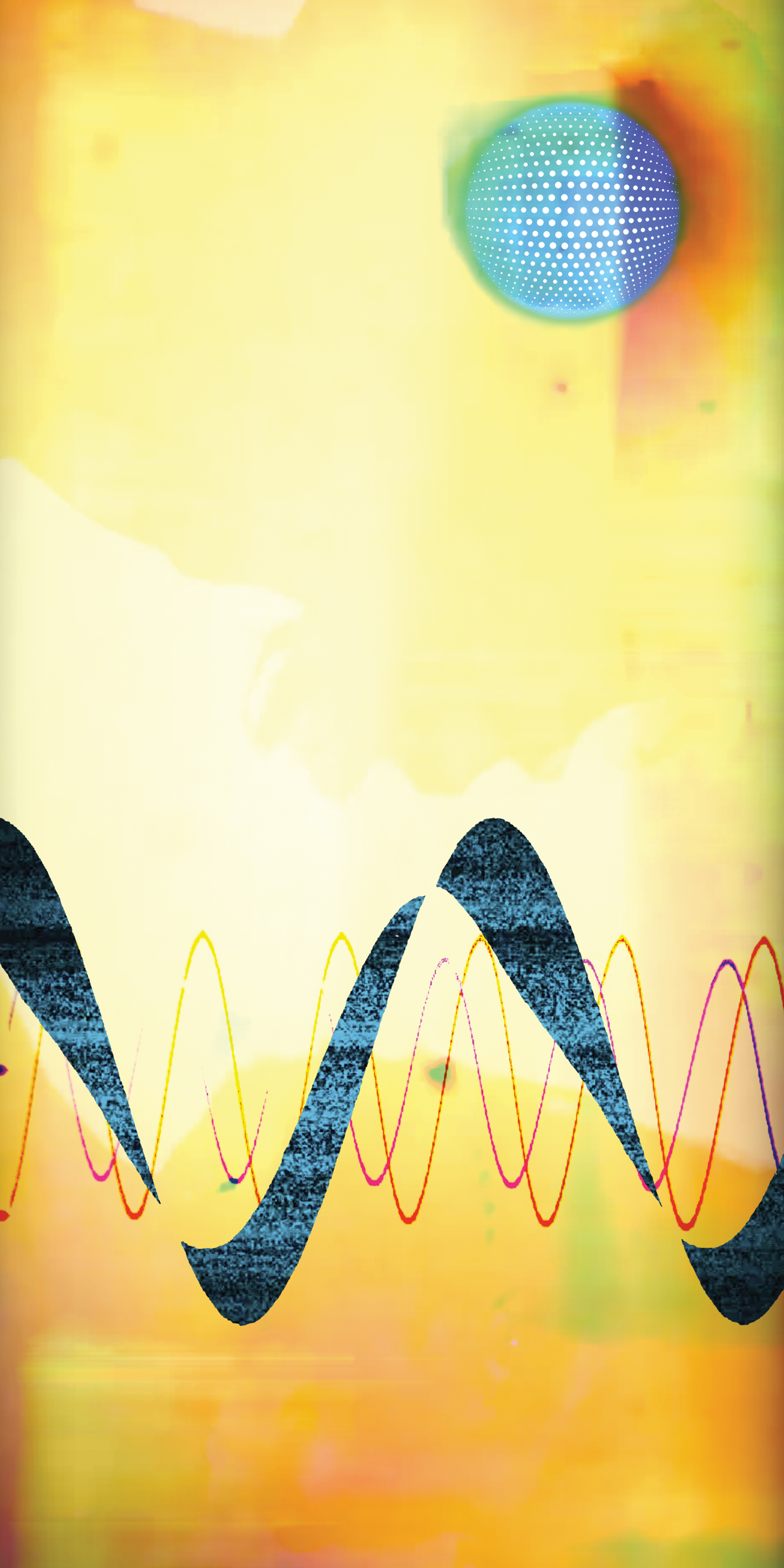RME has raised the bar on value with the Fireface UCX II. This German-made ADC/DAC is an all-in-one recording tool of bits and bytes, with no compromises on hardware quality or software functionality. It is designed for either studio or on-location multi-channel recording and playback. It can also act as a standalone recorder or player via a connected USB thumb drive.
Company marketing info describes the Fireface UCX II as a “40-channel,” but that only applies if you’re driving all of this interface’s analog and digital I/O simultaneously. Functionally as a standalone device, it has up to 8 analog inputs and outputs, is capable of 192 kHz/24-bit resolution, and provides S/PDIF, ADAT, and AES digital I/O. Functions can be direct-controlled from a dense menu system on the interface’s front panel or via its USB driver and TotalMix FX software. There is also a version of TotalMix for iOS so that you can remote-control it with your device. Additionally, RME sells a separate hardware remote that connects via the USB port (obviously, you can’t connect both the desktop remote and a thumb drive simultaneously). Throw in two high-quality mic preamps, and two flexible instrument jacks – all on the front panel – and this half-width single-space rack unit box is brimming with features.
Like all RME products, the best way to get your head around the Fireface UCX II is to read the manual. It’s a dense 122 pages, but each feature and function are clearly explained, and real-world uses are detailed. Cliff Notes: It can serve as the heart of a high-quality digital studio and has many features and routing options that serves a variety of needs except the most complex recording or mixing setups. I strongly recommend a potential buyer visit RME’s website, study the marketing content, download the manual and do your research. You will then have a smooth out-of-the-box experience if you buy it (and you’ll probably discover few if any other products in that price range that offer as much flexibility or the same feature set).
Also, there’s a software-based secret weapon exclusive to RME interfaces: DigiCheck Analyzer. It’s a resource-frugal program that turns the ADC into a digital analysis and measurement tool, with highly accurate channel metering, phase/stereophony display, frequency-spectrum display, and digital bit monitor (showing which bits are turned on and off). I found this software highly useful. RME’s low-latency interface makes it possible to use DigiCheck to set azimuth and playback EQ on tape machines. The spectrum display is helpful in comparing several phono cartridges using the CBS Labs’ frequency response test record (very few phono cartridges offer flat frequency response or exactly the same output levels in both channels at all frequencies, hence the vagaries of vinyl playback).
I had the review unit for a while, with plenty of time to put it through many paces. It is a superb A/D interface for transferring analog tapes and grooved discs. I also used it briefly as a surround/quadraphonic input and output system to transfer a number of quad LPs and tapes and play both quad and 5.1 surround digital files. RME includes recommendations in the manual for best routing and connectivity for surround playback and recording, which is handy since the Fireface UCX II has enough analog inputs and outputs for up to 7.1 surround (the front-panel headphone jack is designed to drive either ‘phones or line-level inputs).
In a more traditional setup, I used six analog input channels to transfer simultaneously three stereo tapes while using the unit’s built-in menus to route and switch what I was monitoring through the headphones. It took some trial and error – the menu tree is complex – but even this ham-handed, semi-Luddite could manage to make it work.
Sound-wise, the RME’s low-jitter/low-latency design results in pretty much what you hear going in is what you hear coming out. When I reviewed RME’s ADI-2 DAC/headphone amp [Tape Op #125], I described its “sound” (or lack thereof) as “very much on the neutral and clear, perhaps ‘clinical’ side of things.” I added, “This tonality is exactly what a professional audio engineer needs in order to make educated sound-shaping decisions.” The same can be said about the Fireface UCX II. This is high praise in the context (especially) of an A/D converter.
During the time I reviewed the Fireface UCX II, I did some mastering and editing with it for a CD box set project. Functionally and sonically, it was on par with my go-to converter, a Lynx HiLo [Tape Op #90]. Again, high praise when considering RME’s lower price and more comprehensive feature set. I also listened to many hours of music streaming via Qobuz (hi-res streaming), from CDs, and from files played out of the workstation computer. More of the same; neutral, glitch-free playback with a low-distortion analog stage following conversion.
The primary downsides to this unit are its tiny onboard screen, dense and complex menu tree, and the time needed to learn all its functions and features. Nonetheless, put in the time and you’ll probably find it solves most (if not all) digital interface needs in your studio. In what I consider the ultimate “thumbs-up” recommendation, I bought the review unit. In addition to being the highly flexible heart of my DAW-based recording, it is the file-based surround-sound playback system for which I long wished.




_disp_horizontal_bw.jpg)